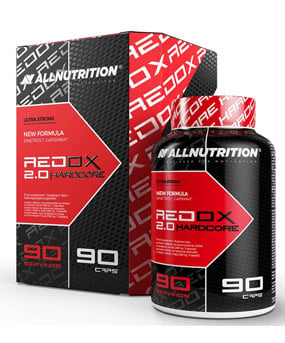
Od dawna bardzo popularny Sylimarol używany był przez Nas, koksiarzy orientujących się trochę w temacie zdrowia, aby ochraniać jakże ważny organ jakim jest wątroba przed złowrogim skutkiem toksyn, a szczególnie sterydów zawierających grupę 17-alfa (np. meta, wino, anapolon). Łykamy sylimarynę najczęściej podczas cyklu, bo wtedy wątroba jest najbardziej obciążona. No i jak zwykle z biegiem czasu megamózgi z USA odkryli, że sylibinina (aktywny składnik sylimarolu) blokuje receptory androgenowe, co może być przydatne w terapii i profilaktyce raka prostaty. Dla Nas oczywiście nie jest to rewelacyjna wiadomość, bo na receptory androgenowe działa również testosteron. A z tym same zalety się wiążą, np. przyśpieszenie syntezy białek, zwiększenie czynnika wzrostu IGF-1 nawet o 22% (po testosteronie 3mg/kmc/week, czyli dla chłopa 100kg, 300mg enana/week daje radę).
Także pojawia się dylemat czy nie zainwestować w droższe środki typu Essentiale / Liv-52, bo z osłonek zrezygnować raczej nie wolno wchodzić na cykl, a Sylimarol nie ma co ukrywać, ale poprostu działa słabo, jeżeli w ogóle działa (też macie takie odczucie?). Za to Essentiale nie zawiódł mnie ani razu. Nawet zdarzało mi się 8 tyg po 40mg mety dziennie
 Do tej pory żyje i mam się dobrze. Dopiero teraz skojarzyłem najnowsze badania i najstarsze rady starej daty koksiarzy, żeby nie brać Syli, "bo za mocno wątrobę osłania i blokuje działanie mety". Faktycznie osłabi działanie, ale nie z powodu osłony wątroby tylko "zapchania" receptorów androgenowych. To by było na tyle, dzięki za uwagę
Do tej pory żyje i mam się dobrze. Dopiero teraz skojarzyłem najnowsze badania i najstarsze rady starej daty koksiarzy, żeby nie brać Syli, "bo za mocno wątrobę osłania i blokuje działanie mety". Faktycznie osłabi działanie, ale nie z powodu osłony wątroby tylko "zapchania" receptorów androgenowych. To by było na tyle, dzięki za uwagę 
Pozdr, e0r / sfd
Źródło:
Department of Biochemistry and Molecular Biology and Department of Urology, Mayo Graduate School, Mayo Clinic/Foundation, Rochester, MN 55905, USA
Dodatkowy art:
A number of reports have shown that the polyphenolic flavonoid silymarin (SM) is an effective anticancer agent. Agents with novel mechanisms of blocking androgen receptor (AR) function may be useful for prostate cancer prevention and therapy. Previous studies showed that silibinin (SB), the major active component of SM, could inhibit cell proliferation of a human prostate cancer cell line, LNCaP, by arresting the cell cycle at the G1 phase without causing cell death. This study further delineates the potential molecular mechanism by which SM and SB exhibit antiproliferative effects on androgen-responsive prostate cancer cells by inhibiting function of the AR. We observed that SM and SB inhibited androgen-stimulated cell proliferation as well as androgen-stimulated secretion of both prostate-specific antigen (PSA) and human glandular kallikrein (hK2). Additionally, for the first time, we show that an immunophilin, FKBP51, is androgen regulated and that this up-regulation is suppressed by SM and SB. We further demonstrate that transactivation activity of the AR was diminished by SM and SB using gene transfer of PSA promoter and hK2 androgen-responsive element constructs. However, expression and steroid-binding ability of total AR were not affected by SM in western blotting and ligand-binding assays. Intriguingly, we found that nuclear AR levels are significantly reduced by SM and SB in the presence of androgens using western blotting assay and immunocytochemical staining. This study provides a new insight into how SM and SB negatively modulate androgen action in prostate cancer cells.
Naprawdę niebezpieczny człowiek nigdy nie grozi.
[ON]


 Krzysztof Piekarz
Krzysztof Piekarz








